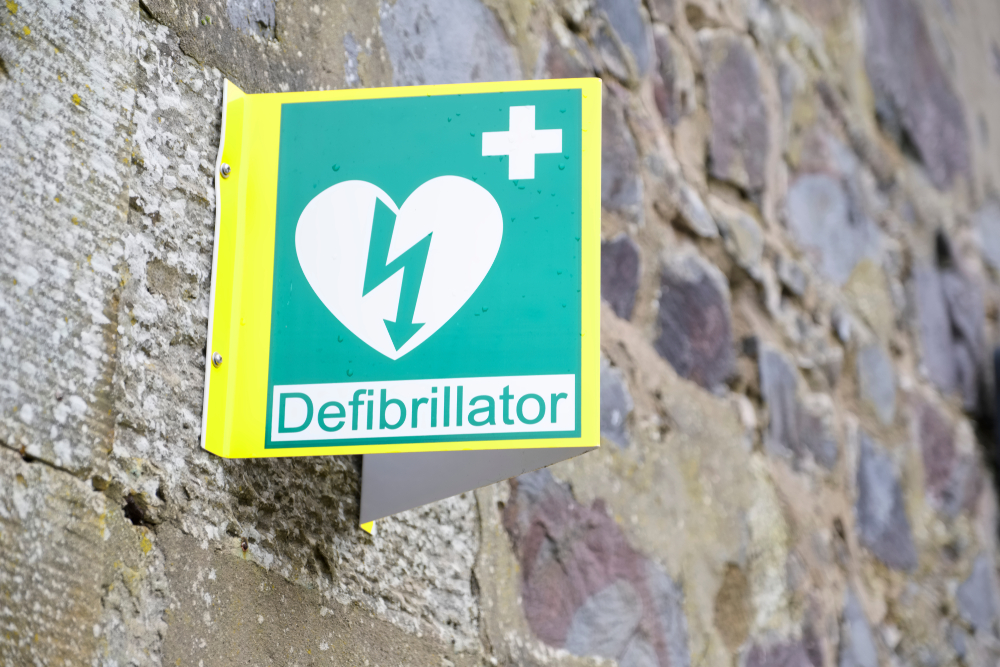Sudden Cardiac Arrest strikes without warning, affecting more that 40,000 people every year in the UK outside of hospital settings.
In the event of cardiac arrest, the heart malfunctions and instead of beating normally, the chambers of the heart quiver. This is known as ventricular fibrillation.
A defibrillator applies an electric current across the heart to stop the chaotic rhythm; this brief pause allows the heart’s natural pacemaker to restore a regular heartbeat.
When was defibrillation first discovered
The story of the defibrillator actually goes back over 100 years, to 1899, when Jean-Louis Prévost and Frédéric Batelli, two Swiss physiologists, demonstrated the first defibrillators.
They found that small electrical shocks could induce ventricular fibrillation in dogs, and that larger charges would stop fibrillation.
Who invented the defibrillator
The forerunner of the external defibrillator was invented by Electrical Engineer William Kouwenhoven in 1930, who studied the relationship between electric shocks and their effects on the human heart whilst studying at Johns Hopkins University School of Engineering.
The first successful defibrillation
In 1947, American surgeon Claude Beck performed the first successful open-chest defibrillation on a human during surgery. Using a combination of cardiac massage, drugs, and an electric shock applied directly to the exposed heart, he successfully resuscitated a 14-year-old boy.
The first portable defibrillator
This was the invention of Professor James Francis Pantridge, CBE, MC, MD, a physician and cardiologist from Northern Ireland who transformed emergency medicine and paramedic services with the first ‘portable’ defibrillator. Unfortunately, it weighed over 70Kg and needed its own vehicle to transport it.
Today’s portable defibrillators
Automated External Defibrillators can analyse the heart rhythm by themselves, diagnose the shockable rhythms, and charge to treat. This means that no clinical skill is required in their use, allowing anyone to respond to emergencies effectively.
Improvements in defibrillator design, including the way they store and deliver their electric shock, together with their ease of use, mean that even an untrained bystander can operate them with just a quick tutorial.
AEDs that occupy hardly more space than a briefcase can now be located thousands of public places, including office buildings, transportation hubs, gyms and some schools and police vehicles – they’ve even been installed on the International Space Station.
Legislation & legal requirements for defibrillators
In the UK, there’s currently no legal obligation for most workplaces and public spaces to have an Automated External Defibrillator (AED) on site.
That said, the Defibrillators Availability Bill is under consideration in the House of Commons, highlighting the need for AEDs in public places and advocating for training in their use.
Defibrillators from AEDdonate
AEDdonate help communities across the UK to fund, install, register and maintain public access defibrillators. Their goal is to ensure no one is ever too far from the help they need in the event of a sudden cardiac arrest.
What’s more, AEDdonate believe every town, village, and neighbourhood should have fast access to life-saving defibrillators and the confidence to use them.
By supporting communities to fund, install, register, and maintain AEDs, AEDdonate are helping ensure no one faces cardiac arrest alone.


